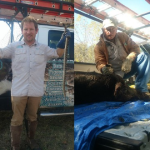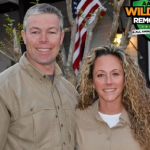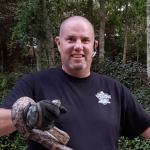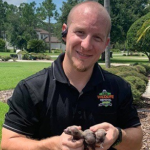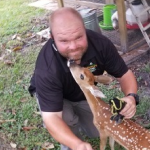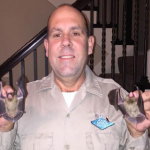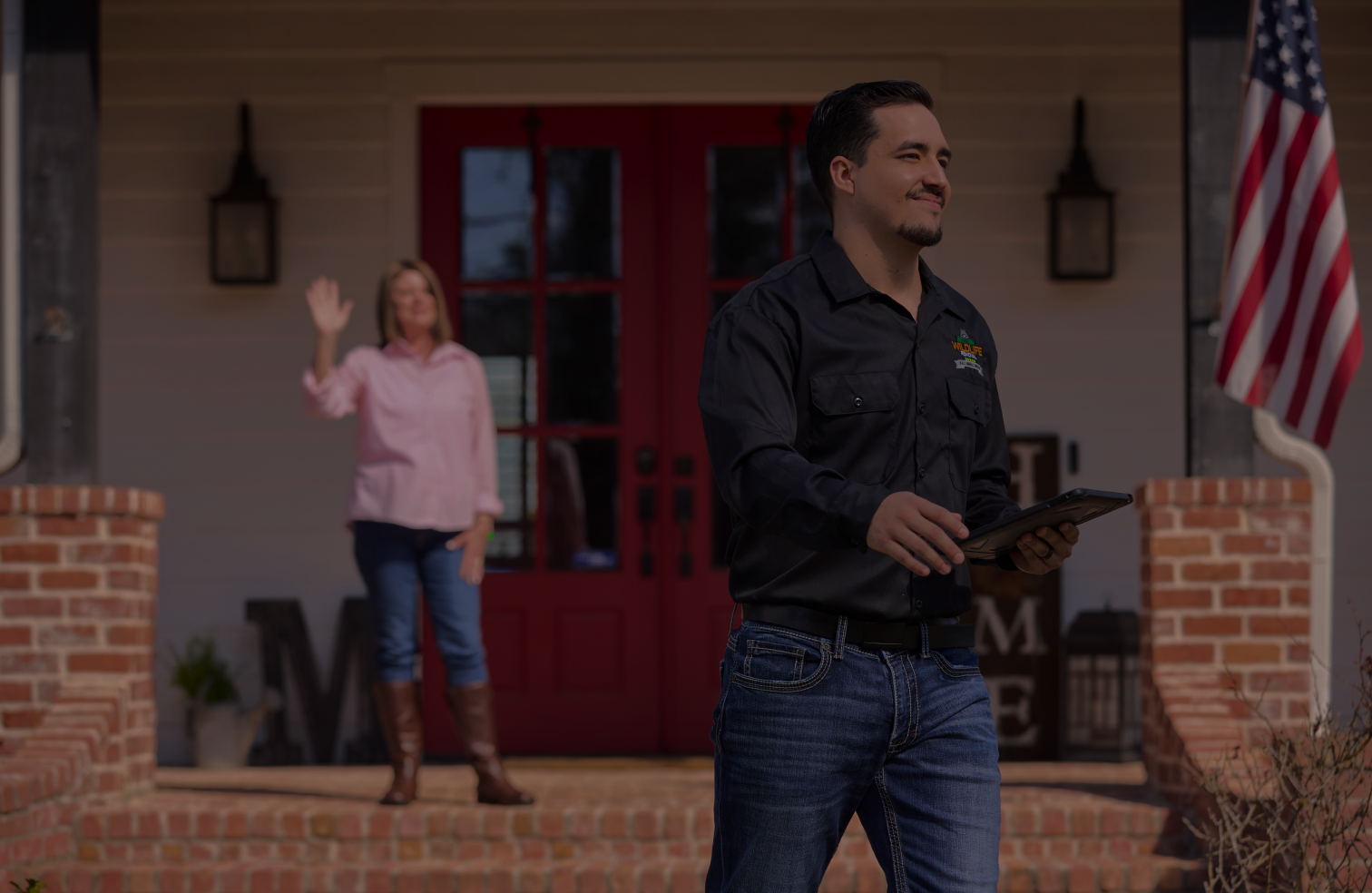While there are several varieties of sparrow in North America, the most common is the house sparrow, a little brown bird that can be seen hopping boldly throughout urban areas. While house sparrows may be cute, if this invasive species comes to inhabit your home or business, it can prove highly destructive.As their name suggests, house sparrows feel quite comfortable in your home.
Sparrows, often found chirping cheerily in our backyards, have become a common part of urban life. These small birds, while a delight to many bird-watchers, can sometimes become a nuisance to homeowners and businesses when they decide to nest in or around buildings. Here's what you need to know about sparrows.
Appearance
General characteristics Sparrows are small, plump birds with short tails and stubby beaks. They have a roundish body, strong legs, and clawed feet which they use to hop around with ease. Their wings are strong, which they use for short bursts of flights, making them agile in the air.
Coloration/patterns/distinctive markings The coloration of sparrows can vary depending on the species. Many sparrows have brown or grey feathers with streaked patterns. Some might have white bellies or patches of different colors on their head or wings. Male sparrows are often more brightly colored than females, which can make it easier to distinguish between the two.
Size/features Generally, sparrows measure between 4 to 8 inches in length. They weigh around 0.5 to 1.5 ounces. Their size varies based on the species, with the House Sparrow being one of the most commonly recognized ones in urban areas.
Biology
Digestion and Diet Sparrows are primarily seed-eaters, but they're known to eat insects, especially when feeding their young. Their diet changes according to season and availability. During colder months, seeds, grains, and crumbs from human food sources become their primary diet.
Reproduction Sparrows are known to breed in spring and summer. They usually lay 3-5 eggs in a clutch, which are incubated for about 11-14 days. Both parents participate in feeding and caring for the young birds. These birds can have multiple broods in a year.
Unique Sensory Systems Sparrows, like many birds, have keen eyesight, which is vital for their survival. They can perceive ultraviolet light, which helps them identify fruits, insects, and even potential mates. Their hearing is also well-developed, enabling them to recognize and respond to calls and songs.
Habitat
Preferred Environments Sparrows are quite adaptable and are found in a variety of habitats, including grasslands, forests, and urban settings. They prefer areas where there's a combination of open spaces for foraging and trees or shrubs for nesting.
Urban Encounters In urban areas, sparrows can be seen in parks, gardens, and other green spaces. They have also been known to nest in building crevices, under eaves, and even inside vent openings, leading to potential problems for homeowners.
Nesting Sites Unlike many birds, sparrows don't mind living in close proximity to humans. They often build their nests in man-made structures. This preference can sometimes lead to issues when they choose to nest in undesirable places like vents or under roofing tiles.
Behavior
Social Behavior Sparrows are highly social birds, often seen in small flocks. They communicate using a series of chirps and songs. Their vocalizations can be a way to establish territory, attract a mate, or warn others of potential threats.
Migratory Patterns While some species of sparrows are migratory, many that live in urban areas remain year-round residents. However, those that do migrate often do so in response to food availability and weather conditions.
Damage/Problems
Diseases Sparrows can be carriers of various diseases such as avian tuberculosis and salmonella. Their droppings can contaminate food sources, leading to potential health risks for humans and other animals.
Structural Damage Nesting sparrows can cause structural damage to buildings. Their nests can block vents, leading to potential fire hazards or malfunctioning of ventilation systems. Accumulated droppings can also lead to unsightly stains and corrosive damage to structures.
Trapping & Removal
Safe Handling If sparrows become a problem, it's crucial to approach the situation with care. Sparrows are protected by many local laws, and it's important to ensure their safe and humane treatment.
Hazing (for birds) Using methods like visual deterrents or noise-makers can often be effective in encouraging sparrows to move to a different location without harming them. Consulting a professional ensures effective and humane hazing.
Deterrence or Prevention
Property Maintenance Regular inspection and maintenance of properties can prevent sparrows from nesting in undesirable places. Cleaning up food sources and ensuring there's no standing water can also deter these birds.
Physical Barriers Installing bird netting, spikes, or other deterrents can prevent sparrows from landing or nesting on structures. It's important to choose a method that doesn't harm the birds but effectively keeps them away.
Exclusion Sealing off potential nesting sites and using bird-safe window films can prevent sparrows from entering buildings or hitting windows. Consulting a professional ensures effective and humane exclusion methods.
At AAAC Wildlife Removal, we understand the beauty and challenges of living with wildlife. If sparrows have become a nuisance on your property, we're here to help! With our expertise, we ensure the safe and humane removal of these birds and offer solutions to prevent future issues. Trust us to handle your wildlife concerns with professionalism and care.


























